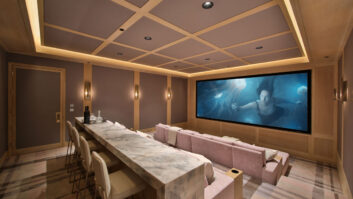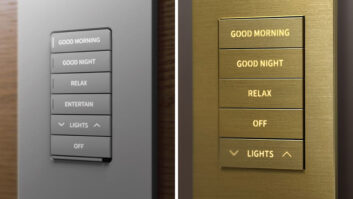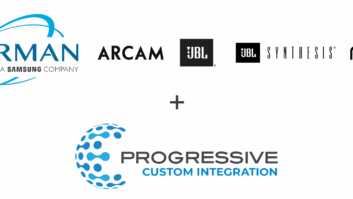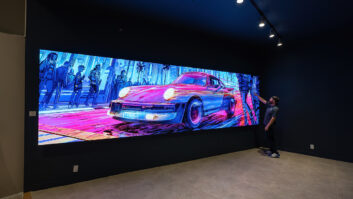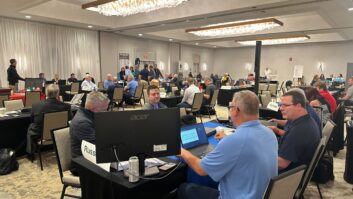Right out of college I had two major opportunities to work with luxury clients that effectively solidified my career path and ignited a passion for high-end interior design. One was a world-renowned interior designer working with celebrities and ultra-high-profile clients, and the other was Jack Nicklaus, who had me work on one of his luxury golf courses and clubhouses, along with his custom home designs that were also being offered at the time. It was demanding work that I found at once to be challenging, exciting, and enlightening.
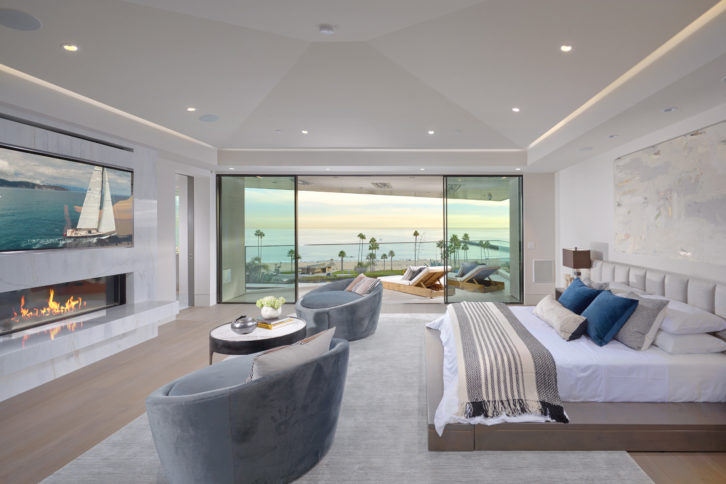
Since then, I have worked on countless projects around the world with clients ranging from celebrities and royal families to high-net-worth individuals and those with seemingly unlimited funds. This has given me the opportunity to work on some of the most expansive properties, utilizing some of the most expensive materials, and with some incredibly extensive effort by an army of tradespeople. It also has given me a very clear understanding of who the Luxury client truly is and what they want.
To put it succinctly, a luxury client is looking for designs, products, goods, and exclusivity that are not necessarily essential, but highly desired. Their wants, needs, and aspirations support their status and self-worth. When it comes to design, quality and craftmanship are very important to them and, in my opinion, play a significant role in the decision-making process. Therefore, offering unique design solutions, materials, makers, and products that no one else has is not just important to luxury clientele, but critical to both the success of a project and the potential for repeat business.
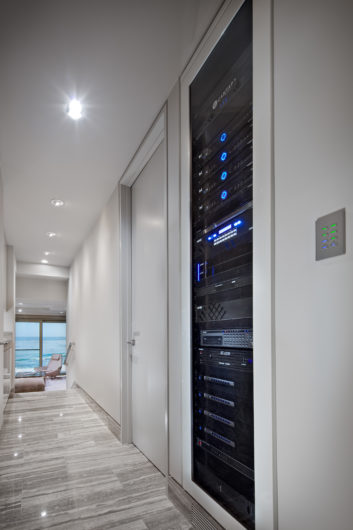
In my experience, luxury clients…
- Are well traveled, enjoy fine lodging, dining, wine and spirits, exotic sports cars, watches, jewelry, clothing, etc. This all typically influences their lifestyle and suggests a way of life that needs to be considered throughout the course of the project. Designers often ask luxury clientele about their travels, where they like to go and why, what it is about the place that attracts them, and what they love most about the experiences they have there. This input can be exceptionally valuable in creating an environment that’s unique to those living in it.
- Expect to pay higher prices for what they want, but much of the time are unsure how cost relates to value and distinction. In the design field we cater to this and take time to illustrate and explain the differences between materials and finishes, and not just what they look like, but how they might fit into the budget. This is where mood boards come in and provide incredible value. It’s time-consuming, but we know that when we show how things in the build relate to price points and we fully illustrate them, the results are more likely to be on-par or, better, far exceed expectations.
- Expect you and your team to be sensitive to their wants, needs, and desires and be well-versed in both brand identification and the rarity or exclusivity of what you propose. The perfect example of this for me is creating an unbelievable theater design paired with the best AV technology and acoustics that together transcends and transports the viewer to another world.
- Appreciate the level of effort required to complete a project, but only when there is clear, concise, and transparent communication by all involved from the very beginning. As soon as there is friction between trades, unexplained delays, or other conflicts, everyone on the project suffers and the success of the project is jeopardized. Everyone on the job must be conditioned to have a mutual respect for the nuances of each trade and play well with others, especially during stressful moments.
While designers don’t run the show, we do tend to have a special relationship with our clientele. Like you, it’s common for us to be part of their personal lives, but we also often help them make decisions outside of the realm of design simply because they trust us at a deeper level than most. For instance, I’m an interior designer who specializes in home theater interiors. Which means, I’m hired for my interior design sense, skills, and expertise, but my role requires me to be part of the design-build-integrate team that works together to deliver an exceptional screening or viewing environment that also blends well with the rest of the home. I tend to play equal parts designer and confidant, which is pretty typical. To be perfectly clear, though, I’m not there to do the work anyone in integration does; I’m there to define and enhance the aesthetic of the environment so that it both fulfills the client’s desires and is totally cohesive with the look and feel of the entire residence.
Also by Lisa Slayman: Commercial Design Quickly Making Its Way Home
What’s the best advice I can offer when working with luxury clientele?
- Have confidence in your brand and your ability to meet the needs and wants of these clients, establish trust, and personalize the working relationship.
- Listen closely and document everything with extraordinary detail.
- Communicate clearly, consistently, and concisely, and quickly resolve conflicts between trades before they impede progress, incur cost, or create challenges that can’t be overcome.
- Be a respectful, respectable, and trustworthy part of the team and be sure every person working under your direct supervision on the project is held to an equal standard of excellence.
- Last, but not least, remember that most luxury clients want technology to enhance their lifestyle and they want it to be simple to use and fun to have. When trades work together, homeowners get more than just an entertainment system — they get an exceptional experience that they can share with friends, family, and loved ones for years to come. When that happens, the likelihood of referral business coming your way is exponentially increased.
I hope this helps and that I’ll see you on the job site someday. Until then, if you have questions or need an interior design resource familiar with technology and the process of integration, give me a call or shoot me an email at [email protected].
